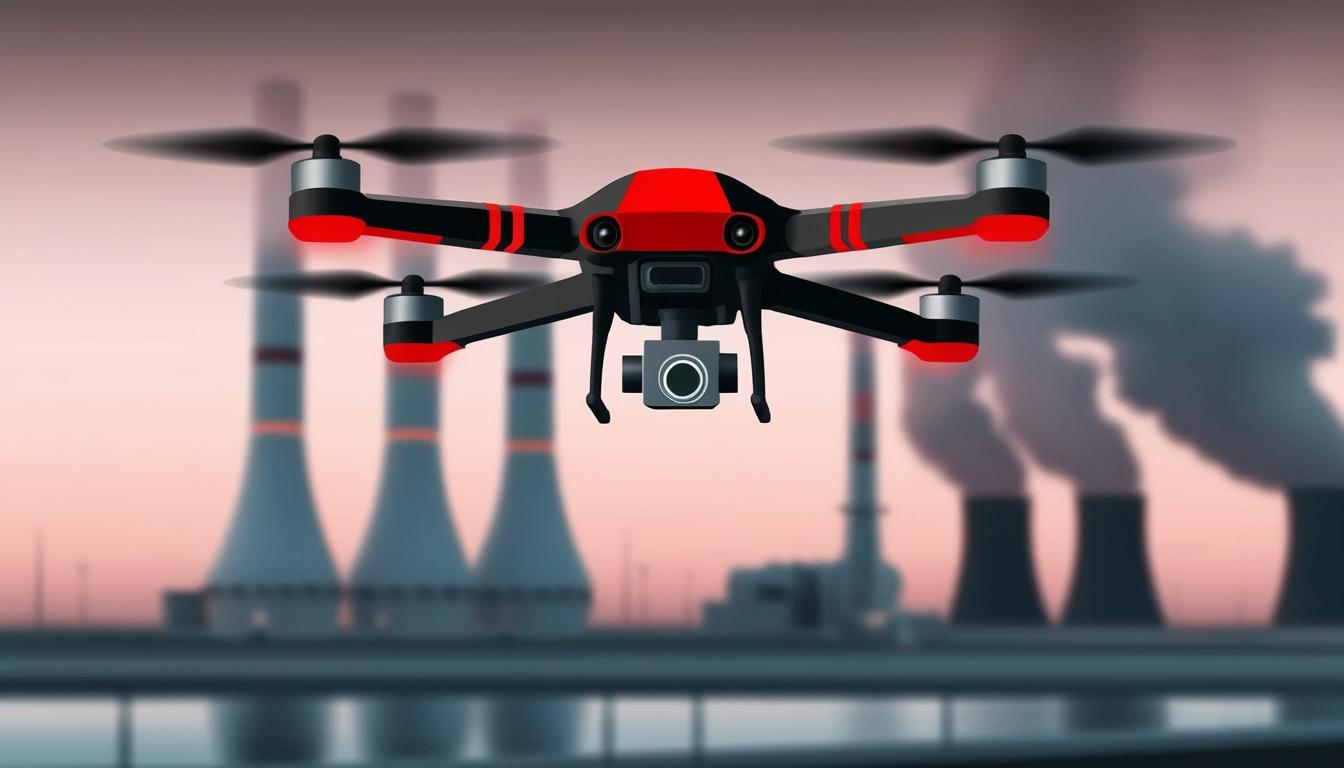In December 2024, Ukrainian military sources disclosed to Western media that Russia has begun integrating artificial intelligence into its Shahed-136 strike drones. Ukrainian Ambassador to the EU, Vsevolod Chentsov, stated that these enhancements enable the drones to better evade Ukrainian air defences and identify high-value targets, like energy facilities. This marks a significant development as Shahed-class drones, including the Russian adaptations dubbed Geran and simpler decoy models known as Gerbera, have become increasingly central to Russia's daily assault strategies against Ukraine, with usage steadily rising since their introduction in September 2022.
According to a Ukrainian military official, the advancements in drone technology, while noteworthy, do not equate to true autonomous drone swarms. Nevertheless, the integration of these technologies indicates substantial investments by Russia toward developing AI-powered drone systems that could potentially overwhelm Ukraine’s defensive measures in the near future if unchecked.
The upgrades to the Shahed-136 involve two primary improvements: enhanced navigation capabilities and automated target recognition systems. The enhanced navigation is likely underpinned by computer vision algorithms, operating independently of GPS through a system known as Digital Scene Matching Area Correlator (DSMAC). This guidance system compares real-time images from onboard cameras against a pre-loaded terrain map, falling short of constituting an entirely autonomous navigation system—a key factor for the advancement to drone swarming operations.
Furthermore, in addition to navigation upgrades, the drones may be programmed with an AI model that has been trained to specifically identify energy infrastructure. This training enables the drones to adapt to new defences and effectively identify the most vulnerable aspects of their targets, thereby increasing targeting accuracy.
While current advancements may not represent the fully autonomous systems envisioned by military strategists, they nevertheless pose a significant threat. The potential for merging autonomous navigation with automatic target recognition raises alarms about the future deployment of fully autonomous weapons systems capable of operating in swarms.
Public information indicates that Russia is actively preparing for this technological evolution. The nation’s mass production capabilities are significant, as evidenced by the Alabuga Special Economic Zone where, according to reports, the factory increased production from 2,738 Geran drones in 2023 to over 5,760 units in the first nine months of 2024. Additional production of the “Gerbera” decoy drones is also underway, with plans for 10,000 units by the end of 2024.
The reliance on Chinese imports for essential components further underlines the strategic partnerships Russia has forged to bolster its drone capabilities. Reports suggest that nearly 60% of drone parts are supplied by Chinese firms, circumventing international sanctions.
A recent classified leak indicated that an upgraded variant of the Shahed, designated MS 236, was being developed with advanced electro-optical guidance, showcased during President Vladimir Putin’s visit to a technology centre in St. Petersburg in March 2024. This evolution aims to enable mid-flight adjustments, moving closer to the drone’s autonomous capabilities.
Additionally, there are indications of a shift towards coordinated mass drone attacks, a hallmark of swarm tactics. The introduction of mesh modems in the Gerbera decoys allows them to share operational data, thereby adapting to countermeasures and increasing their effectiveness as a group.
As part of its commitment to enhancing AI capabilities, Russia has signed an agreement with Iran to collaborate on artificial intelligence development. In December 2024, the establishment of an "AI Alliance Network" was announced, involving 20 companies from several countries including Russia and China. The Russian government has also mandated collaboration with Sberbank to create a roadmap for AI research in partnership with China by April 2025.
These collaborative efforts come alongside a reported increase in investment within Russia’s AI sector, which has surged by 40 percent in 2024, reflecting a steep rise in technology output despite facing Western sanctions.
The growing intelligence and capabilities of Russia’s drone technology underscore the importance of robust international responses. Analysts suggest that the United States should consider expanding sanctions and export controls to encompass broader networks that support Russian defence strategies, particularly those involving AI.
Experts like Kateryna Bondar, a fellow at the Wadhwani AI Center and a former adviser to Ukrainian governmental bodies, warn of the implications this technological escalation could have not only on the ongoing conflict in Ukraine, but on global security dynamics as countries navigate the evolving landscape of AI in military applications.
Source: Noah Wire Services
